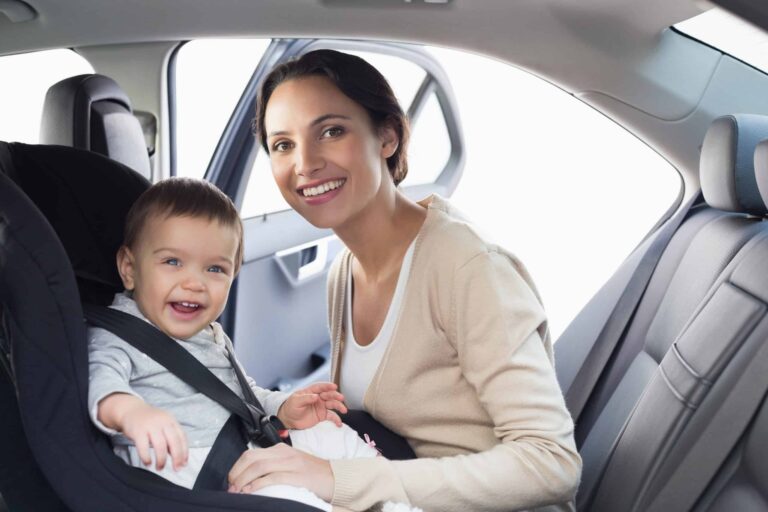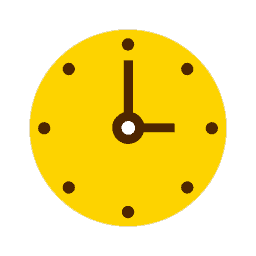It’s a Law Every Parent in Queensland Should Know
Queensland Child Safety Restraint Laws
Would you let your most precious cargo be exposed to any risk when travelling? Especially when research tells us that being unrestrained in a car means we are 8 times more likely to be killed in an accident.
A child in an ill-fitting restraint is exposed to a greater risk of injury, even babies must be in a restraint, so never allow babies or children to travel on someone’s lap or in someone’s arms. It is important that you understand the laws governing child restraints specific to your child’s age. These rules are important in ensuring your child’s safety should the worst happen.
In Queensland, as in most Australian states, when driving with children up to 7 years of age, you must ensure they are restrained in a properly fastened and adjusted Australian Standard (AS) approved child restraint. The type of restraint you install will depend mainly on the child’s age, but you may need to consider the child’s size as well.
So, let’s have a look at what restraint a child should be in and where they should sit in a vehicle.
Babies up to 6 months of age must be in an approved rear-facing restraint that is properly fastened and adjusted. We recommend babies stay in a rear-facing restraint for as long as their size allows.
Babies and children from 6 months and up to 4 years must be in an approved child restraint that is properly adjusted and fastened. The child restraint may be rear-facing or forward-facing with a built-in harness. However, we recommend babies and children stay in a rear-facing restraint for as long as their size allows.
Children aged 4 years and up to 7 years may be in an approved child restraint that is forward-facing with a built-in harness that is properly adjusted and fastened. They may also be in an approved booster seat secured with an adult lap-sash seat belt or a fastened and adjusted H-Harness. However, research has indicated that the booster seat with a H-Harness option provides a lower level of safety in some types of crashes.
Children who are 7 years and over may sit in a standard seat with an adult seat belt, or an approved booster seat/cushion secured with an adult lap-sash seat belt or an H-Harness. Or, they may be in an approved child restraint that is forward-facing with a built-in harness that is properly adjusted and fastened.
What is a booster seat/cushion?
A booster cushion is a booster seat without the back and side wings. A child aged 4 years and up to 7 years may use an Australian standard approved booster cushion, secured with an adult lap-sash seat belt or a fastened and adjusted H-Harness.
Booster cushions are legal to use providing they complied with the Australian standard AS/NZS 1754 at the time of manufacture. The booster cushion should have a sticker showing approval and a date stamp for when it was manufactured. We recommend child booster cushions be less than 10 years old.
Where should a child sit in a vehicle?
Cars with more than one row of seats
- Babies and children up to 4 years old must not sit in the front seat
- Children aged 4 and up to 7 years can only sit in the front seat if all other seats are occupied by children under 7 years of age
- Children 7 years and over can sit in the front seat.
Cars with only one row of seats
- Children of any age can sit in the front seat as long as they are properly restrained.
- If a car has a passenger airbag, a rear-facing child restraint shouldn’t be used in the front seat if the restraint is positioned close to the airbag.
What are the penalties that apply if a child is not properly restrained?
The vehicle’s driver is responsible for ensuring all occupants are properly restrained. In addition to the safety risks, if a child is not in an approved child restraint that is properly fastened and adjusted, you can be fined $400 and incur 3 demerit points for each child that is not properly restrained. Double demerit points will apply for second or subsequent child restraint or seat belt offences committed within 1 year after an earlier offence.
So next time you get in your vehicle, make sure your child is buckled up according to the law to keep them safe and to avoid a hefty fine. For more information contact Queensland Government Department of Transport and Main Roads or download Child restraint guidelines at Kidsafe.
Written by: Suzi Bidwell


